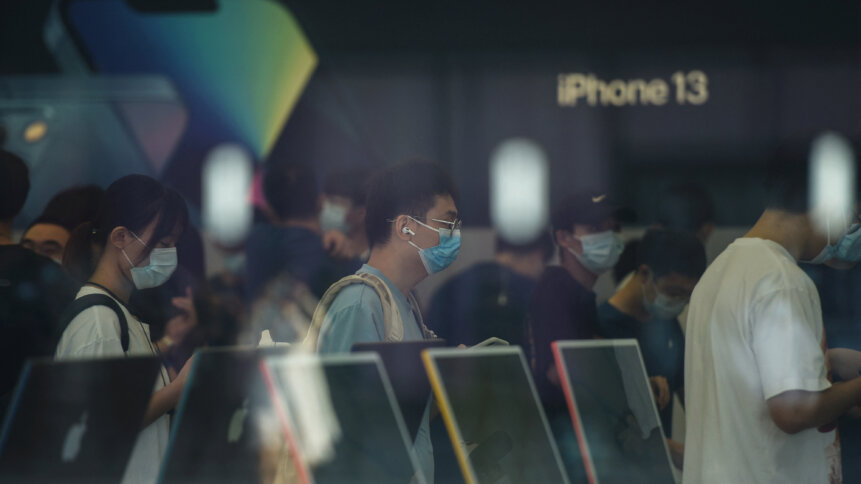The chip shortage is slowing demand for the iPhone 13

- Apple reportedly told component suppliers that demand has slowed, according to Bloomberg
- The iPhone 13 production target for 2021 has been slashed by as many as 10 million units.
- The struggle to get enough components, particularly semiconductor chips, would cost Apple over US$6 billion in lost earnings over the holiday quarter
In October this year, Apple announced that it was reducing its 2021 iPhone 13 production goal by 10 million units, down from an initial target of 90 million, mainly due to the lack of parts brought about by the ongoing, global chip shortages. Assuming that parts supply improves as expected next year, Apple figured to make up for the shortfall in 2022.
Expectations don’t appear to be aligning with reality, with things seeming to be taking a different turn as the holiday season approaches, according to a recent Bloomberg report. On top of the recurring global supply crunch, Apple is now confronting a different problem and that is slowing demand. The company has apparently told its component suppliers that demand for the iPhone 13 lineup has weakened, people familiar with the matter informed Bloomberg.
The slowing demand signals that consumers are shying away from the usually in-demand, but now hard-to-find device. It is fair to note though that despite this blow, Apple is still on track for a record holiday season, with analysts projecting a sales increase of 6% to US$117.9 billion, in the final three months of the calendar year.
To recall, during Apple’s last earnings call in October, Chief Executive Officer Tim Cook said that demand for new products was “very robust” — fueled by interest in the latest iPhones, iPads, and other devices — and that the company was on track for a record holiday quarter.
Perhaps, the quarterly performances in terms of sales will not be as astounding as it usually is for Apple. This is considering the ballooning inflation in the US, and the latest Omicron COVID-19 variant that is causing jitters among prospective buyers who may forgo their purchasing plans.
Cook did point out that supply constraints are the company’s biggest challenge. Cook predicted that the struggle to get enough components, particularly chips, would cost Apple more than US$6 billion in revenue during the holiday quarter.
To top it off, it was reported earlier last month that Apple has apparently cut iPad production in half to allocate more components to iPhone 13 production, amidst a long-running chip shortage. Citing sources briefed on the matter, Nikkei said iPad production was down by 50%, from Apple’s original plans back in September. Apple has reportedly also allocated some parts originally intended for older iPhone models to iPhone 13 rollouts.
The same sources claim that Apple chose to prioritize the iPhone partly because it expects stronger demand for smartphones than tablets. Ironically, the report also claims that demand for the iPad has recently been high as well, with 40.3 million units shipped this year as of September 2021.










